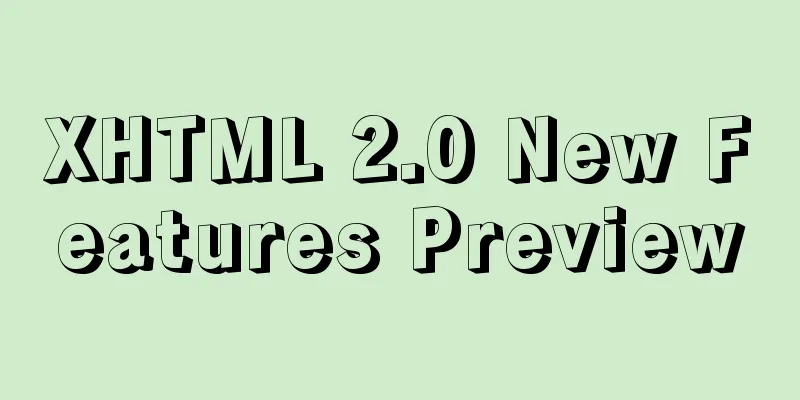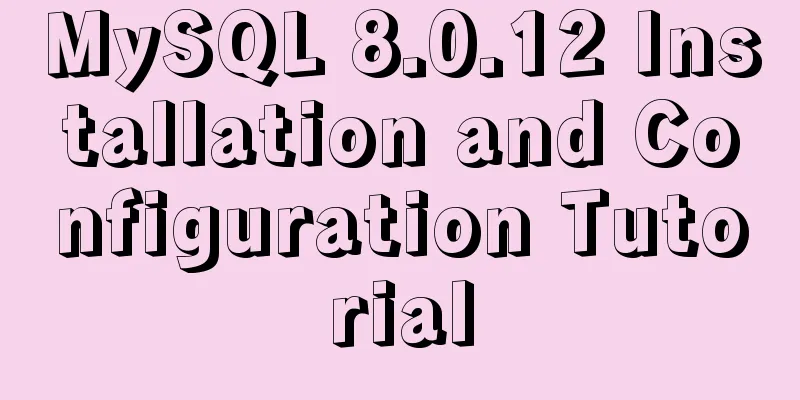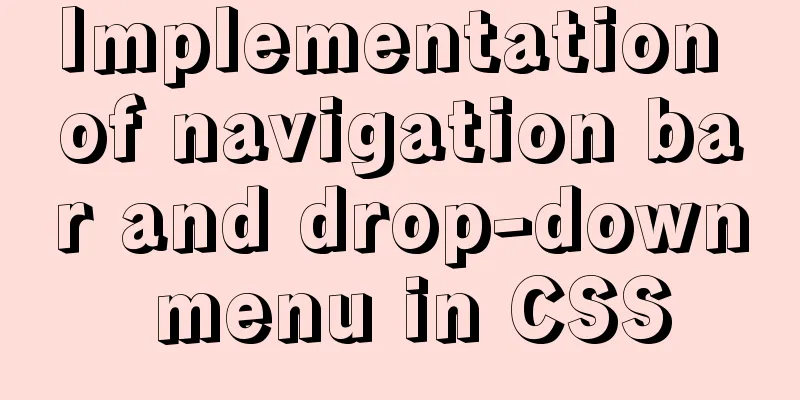XHTML 2.0 New Features Preview

|
<br />Before browsers can handle the next generation of XHTML, benefit from this richer content structure The XHTML 2 specification is not yet complete, but it already has many advantages over XHTML 1, including richer structural features, which make XHTML 2 an editing format that will serve as the central model for single-resource publishing systems better than its predecessor. People doing publishing, large or small, can start using the new features of XHTML 2 now, without having to wait for browsers to provide support for its new user interface features. About a year ago, an industry standards group asked me to present how XHTML2 might be useful to publishers. I had no idea if it would be practical, but they were offering to pay for a trip to New York, so I decided to investigate. The research I did didn't require much effort. XHTML 2 adds richer structure to XHTML, making it a format that can be used to create and store content, rather than just delivering content to browsers. When I say XHTML 2 is already useful, I'm exaggerating a bit; many shops have some very sensible policies regarding this unfinished standard, and XHTML 2 is still in the Working Draft stage (see Resources for more information). Unlike nearly all HTML-related standards, XHTML 2 is able to offer a lot of value before major browsers support it because it makes it possible to store content in richer and more complex structures without straying too far from familiar HTML elements and attributes. The state of XHTML: where are we now The W3C XHTML 1.0 standard creates an XML version of HTML. When browsers weren't too particular about whether a Web page was well-formed XML, Web site designers, tired of using one method for Firefox and another for Microsoft™ Internet Explorer, saw more value in standards. Many open source CSS collections (such as Open Web Design and Open Source Web Design; see Resources for links to both) use XHTML 1 sample files in their style sheets for demonstration purposes, and I've heard Web designers who barely know what well-formedness is proud to claim that their sites are written in XHTML. As Internet Explorer and Firefox supported more and more CSS features, these Web designers added more design techniques to CSS style sheets, leaving the simpler and more direct (and more easily reusable) XHTML for the basic documents. XHTML 1.1 (see Resources) did not add new features, but instead divided XHTML into modules. Its value is reflected in two aspects. First, if we find that some modules have value but others have little value, it may be easier to adopt a subset of them. For example, the Wireless Application Forum (WAP) had every reason to incorporate basic XHTML structure into its standards for delivering content to mobile phones, but it did not want to allow WAP documents to incorporate user interface features such as image maps or editing widgets that would not be very useful on a cell phone's small screen. Another benefit of a modular architecture for DTDs or schemas is that it makes it easier to plug in new modules that are specific to your application. Combined with the ability to pick and choose existing modules, this capability benefits the publishing industry: the PRISM standards group working on publishing industry metadata chose a subset of XHTML 1.1 and then added some new modules with industry-specific vocabulary to make it easier to track content through the publishing workflow. (See Resources for more information on PRISM.) You can think of developing XHTML 1.1 as cleaning out your basement: You probably won't have to throw out much stuff, you can make more use of what you already have by organizing it better, and you may even have room to set up a workbench and build something new on it. XHTML 1.1 has been a standard (or, in W3C parlance, a recommendation) since May 2001. The latest development on XHTML 2.0 is a new Working Draft published in July 2006. Although it will have to go through several stages before its final form, using the RELAX NG schema (see Resources for a link) enables us to create and use XHTML 2 documents today so that we can quickly move to XHTML when the specification becomes a recommendation. A simple XSLT stylesheet will convert these files to XHTML 1 for browser display, or you can use the CSS stylesheets available with the XHTML 2 Working Draft (see Resources) to display these documents in a browser (Firefox should work better at this point). XHTML 2: What's new? XHTML 2 retains the features of XHTML 1 that cleaned up the existing syntax to make it more concise, while also adding some new features. It adds support for XForms, the more sophisticated successor to forms that have been available in HTML for more than a decade. XHTML 2 also includes XML Events, which allow us to identify events triggered by certain user interface operations, thereby reducing the need to write scripts using JavaScript or ASP. These features will be interesting, especially once major browsers support them, but other features will be more interesting to publishers even before browsers support XHTML: A richer, more reusable structure More device independence, greater accessibility, and more semantics Easier to add metadata Previous Page 1 2 3 Next Page Read More |
<<: VMware installation of CentOS virtual machine and configuration network graphic tutorial
>>: How to configure MySQL8 in Nacos
Recommend
Vue implements chat interface
This article example shares the specific code of ...
Drop-down menu implemented by HTML+CSS3+JS
Achieve results html <div class="containe...
Solution to nginx not jumping to the upstream address
Preface Today I encountered a very strange proble...
Vue sample code for implementing two-column horizontal timeline
Table of contents 1. Implement the component time...
js returns to the previous page and refreshes the code
1. Javascript returns to the previous page history...
CSS position fixed left and right double positioning implementation code
CSS Position The position attribute specifies the...
Method for realizing Internet interconnection by VMware virtual machine bridging
After installing VMware and creating a new virtua...
How to set mysql to case insensitive
mysql set to case insensitive Windows Go to the d...
Analysis of the issues and solutions for repeated submission, repeated refresh, and backoff prevention
one. Preface <br />You will see this kind of...
Vue realizes dynamic progress bar effect
This article example shares the specific code of ...
Installation process of CentOS8 Linux 8.0.1905 (illustration)
As of now, the latest version of CentOS is CentOS...
A brief discussion on JavaScript throttling and anti-shake
Table of contents Throttling and anti-shake conce...
How to configure tomcat server for eclipse and IDEA
tomcat server configuration When everyone is lear...
Basic usage of find_in_set function in mysql
Preface This is a new function I came across rece...
Explanation of the execution priority of mySQL keywords
As shown below: from table where condition group ...









